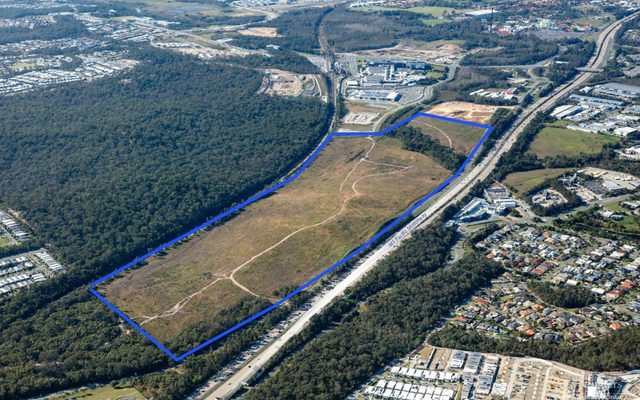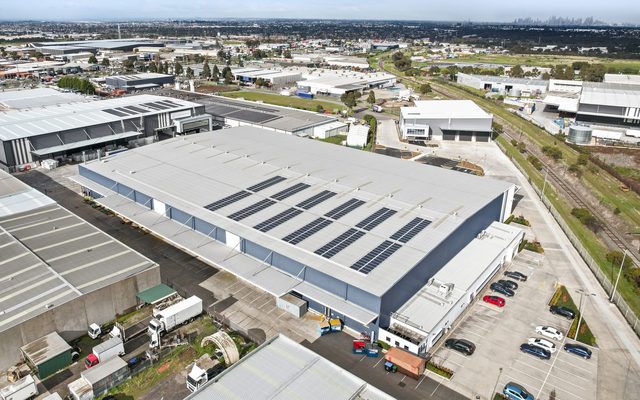This article is from the Australian Property Journal archive
THE industrial leasing market in Australia is thriving with high demand and low supply underpinning persistent rental growth in the sector.
Latest research in Knight Frank’s Australian Industrial Review shows that vacancy rates remain at record low levels based off Q4 2022 figures.
547,748sqm is currently available across the capital cities of Eastern Australia after a 56% drop in availability over the whole of last year – including an 8% drop in Q4.
Vacancy is at its lowest in Sydney with just 89,129sqm in available stock. The Brisbane (226,916sqm) and Melbourne (231,640) markets are also very tight. Sydney fell by 31% in 2022, after already sitting quite precariously following 2021. Brisbane fell by 38% while Melbourne fell a whopping 70%.
The research found that Perth had the fastest rental growth nationally in Q4 with a year-on-year increase in prime rents of 41% and 7% increase over the quarter.
Sydney grew 12% over the quarter and 29% over the year. Melbourne (19%), Brisbane (16%) and Adelaide (12%) all grew sizably over the year.
Due to the demand and low vacancies, it has also driven prices up in the country with net face rents increasing. In Sydney it is now $210 per sqm, significantly higher than in Brisbane ($137), Perth ($133) and Melbourne ($126).
Knight Frank national head of industrial logistics James Templeton echoes the causes of this rental escalation.
“There is ongoing intense competition for available industrial space, especially new stock, which has led to surging double-digit rental growth,” he said.
“Alongside face rental growth incentives have also fallen slightly, which has seen stronger growth in effective rents, particularly in precincts where rents have historically been lower, such as Sydney’s Outer West and South West and Melbourne’s West.
“In Sydney the South Sydney market is the tightest, with no vacancy recorded since Q3 2021, while the Inner West and Outer West experienced significant vacancy decline in 2022. The limited vacancy has left tenants with no choice but to negotiate or renew leases for space three to 12 months in advance,” Templeton adds.
Templeton also predicts high activity to continue in 2023.
“We expect further rental growth in the industrial market over 2023, but it is likely to be at a slower pace closer to 10% on average, particularly as more supply is delivered and vacancy likely ticks up from its extremely low current levels towards the end of the year.”
Chief economist at Knight Frank Ben Burston says it will take time before the supply-demand dilemma levels out.
“The demand-supply imbalance will remain particularly acute in Sydney this year, where an equilibrium is unlikely to be restored until a larger quantum of developable land comes online in 2024-25,” he says.
Ultimately structural undersupply in industrial markets will not be resolved until significantly more developable land comes online.”



